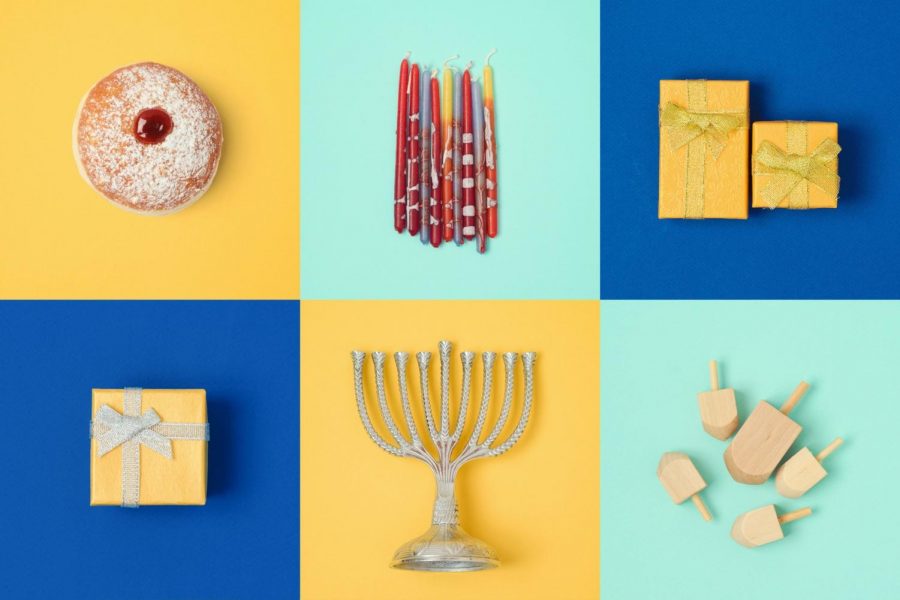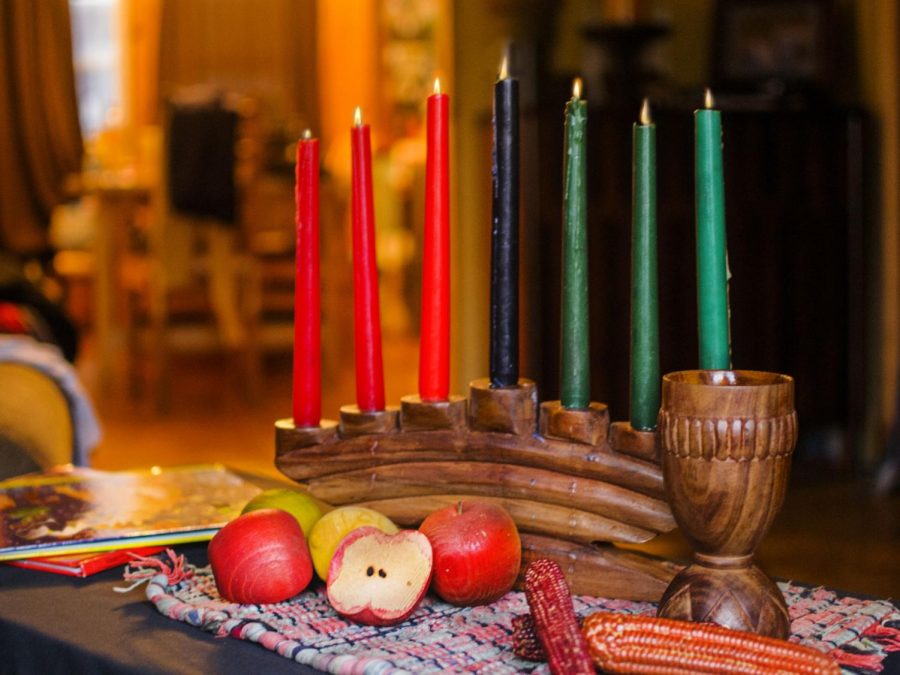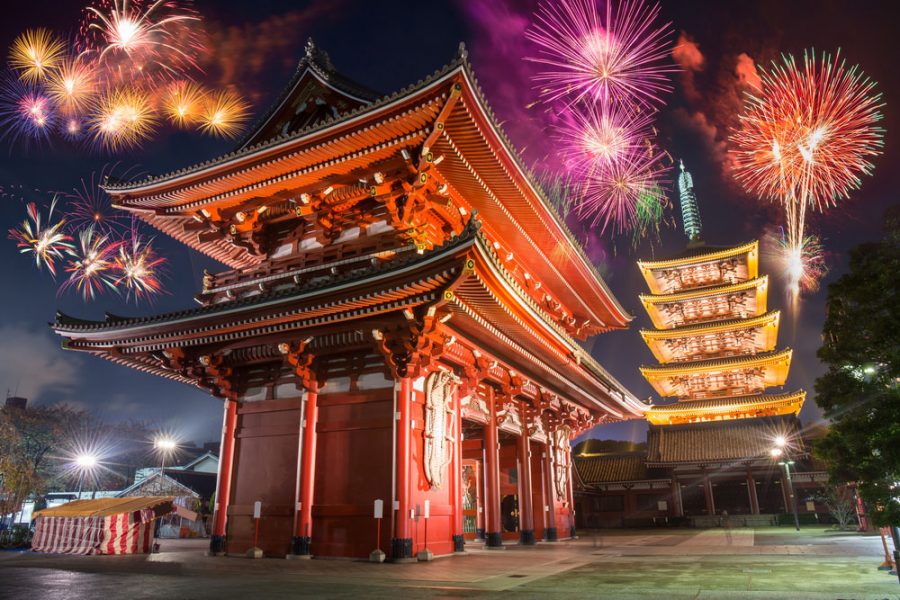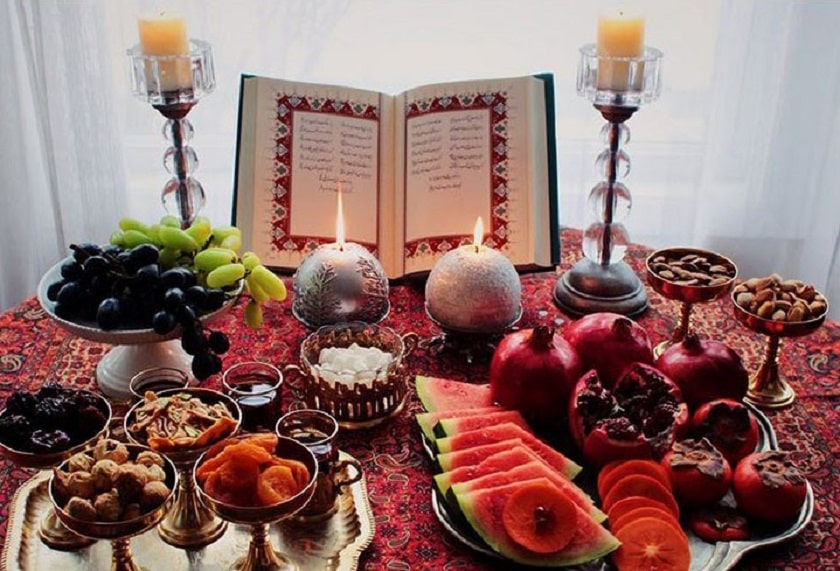Your donation will support the student journalists of Diamond Bar High School. Your contribution will allow us to purchase equipment and cover our annual website hosting costs.
February 28Ins & Outs
February 10Propelling towards CIF success in the water
February 10New talents drive basketball to CIF
February 10AOTM: Kiera Ruelas
February 10Turning losses into motivation
February 10Heading into playoffs with momentum
February 10AOTM: Ethan Alfonso
February 10Tackling their competition
February 10History club hits top ten
February 10AIMEing for the sky
February 10TEDx with DBHS: vocalizing wellness
February 10Classroom showcase by dusk
February 10Tune in: 21 Savage’s American Dream
February 10Notes of Triumph: Lucas O’Brien
February 10DB Dance Company continues the legacy
February 10Draped in drama: Golden Globes
February 10Wonderfully Renewed: Disney+ Percy Jackson
February 10New York Times Game Rating
Donate to The Bull's Eye
$0
$500
Contributed
Our Goal












